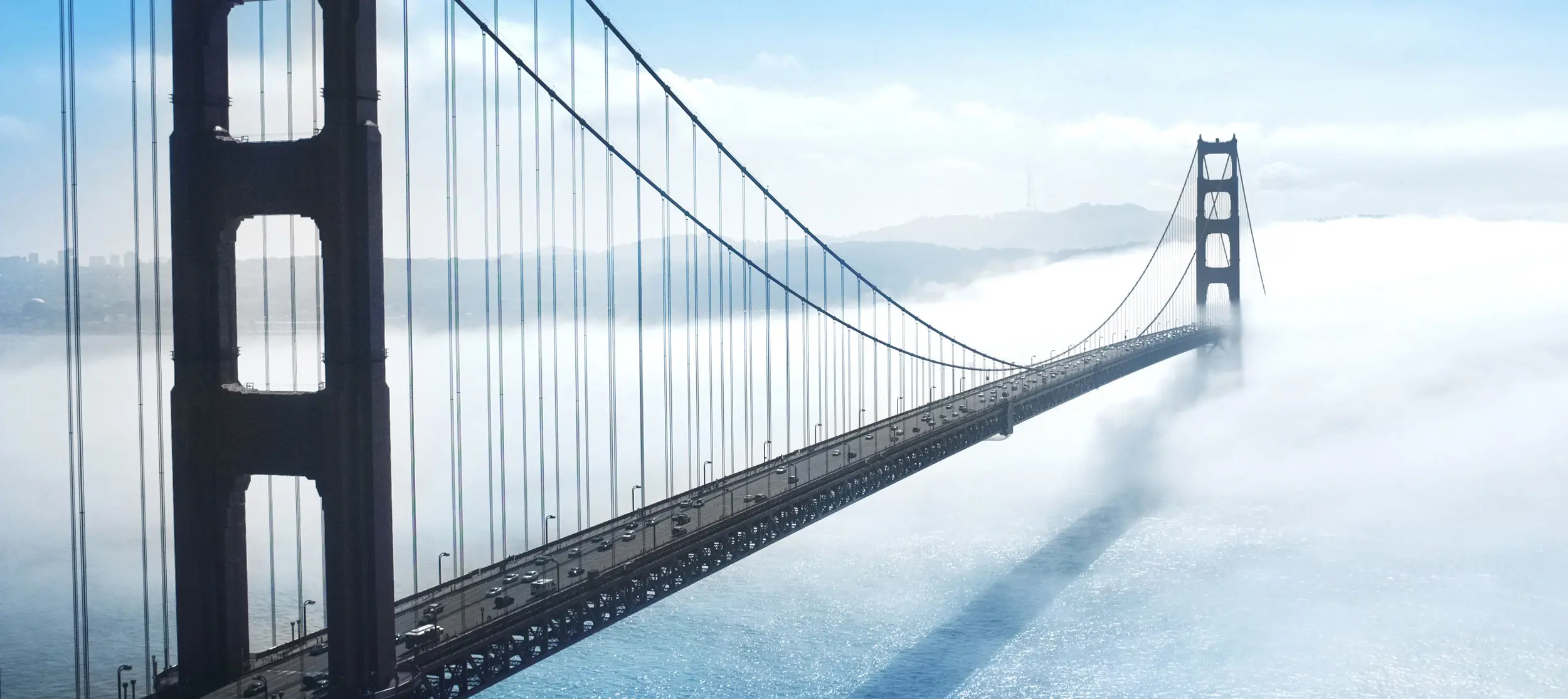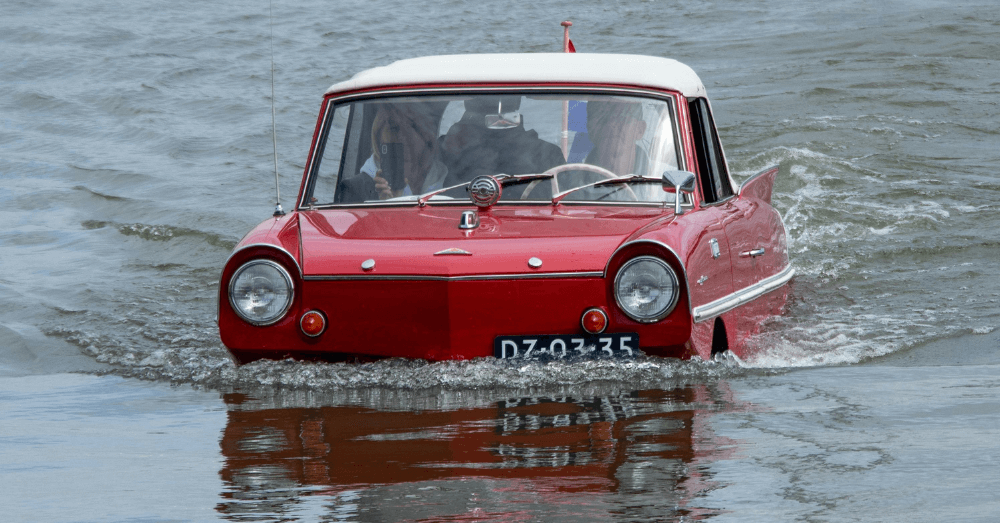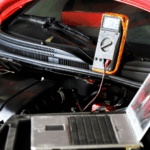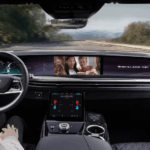Pull into a lakeside town in Indiana, and you might see something strange bobbing near the dock. It looks like a car, sounds like a car, but then it backs down the boat ramp and just keeps going. Welcome to the weird world of amphibious vehicles in the Hoosier State, where some folks never wanted to choose between Sunday drives and afternoon cruises.
Key Insights:
- Indiana’s boat-building industry created the perfect environment for amphibious vehicle enthusiasts in the 1960s
- Lake Wawasee became an unexpected hotspot for Amphicar owners and still hosts these rare vehicles today
- The state’s manufacturing history connects car production, boat building, and the quirky vehicles that do both
The Amphicar Arrives in Hoosier Country
The Amphicar hit American shores in 1961 with a simple pitch: why own a car AND a boat when you could own something that does both badly? German engineer Hans Trippel designed this convertible oddity to drive on roads at about 70 mph and paddle through water at a blistering 7 mph. Only 3,878 were ever made, and a surprising number ended up in Indiana.
Lake Wawasee in northern Indiana became an unofficial home base for these floating cars. The lake’s clear water and active boating community made it the perfect testing ground. Owners would gather for informal meetups, driving their Amphicars down boat ramps while onlookers tried to figure out what they were witnessing. Some thought it was a joke. Others wanted one immediately.
The appeal wasn’t just novelty. Indiana has always had a thing for vehicles that break the mold. This is the state that gave us the Studebaker, after all. When you grow up around people who built cars in South Bend and boats along the Wabash River, the idea of combining both doesn’t seem that far-fetched.
Indiana’s Forgotten Boat Building Empire
Before we dig deeper into car-boats, here’s something you might not know: Indiana built a massive number of regular boats, too.
Companies like MFG (Molded Fiber Glass) and Crosby turned out thousands of fiberglass boats from facilities across the state. These weren’t fancy yachts. They were fishing boats, ski boats, and runabouts that middle-class families could actually afford. The same manufacturing know-how that made Indiana good at building cars translated perfectly to boats. Fiberglass molding, assembly line production, and quality control were all there.
Tippecanoe and other river towns hosted boat builders who supplied the entire Midwest. The Wabash River itself became a testing ground for new designs. If a boat could handle Indiana’s lakes and rivers, it could handle anything.
This boat-building expertise created an environment where people understood marine engineering. So when something like an Amphicar showed up, Hoosiers didn’t just see a gimmick. They saw a technical problem worth solving.
Lake Monroe’s Water Car Scene
Drive down to Lake Monroe today, and you might catch a glimpse of an Amphicar event. Owners from across the country bring their restored vehicles to show off and, more importantly, to actually use them. These aren’t trailer queens. People drive them on highways, then splash into the lake for an afternoon cruise.
Restoration has become its own cottage industry. Finding parts for a vehicle that went out of production in 1968 isn’t easy, but Indiana’s combination of car enthusiasts and boat repair shops created the perfect ecosystem. Someone who can rebuild a vintage outboard motor and patch a fiberglass hull? That person can probably figure out an Amphicar’s quirks.
The maintenance routine sounds like a nightmare. You’re basically taking care of a vintage German car AND a small boat at the same time. Oil changes, hull inspections, bilge pump checks, and hoping your twin propellers don’t tangle with lake weeds. But owners swear it’s worth it for the reaction when you drive past a beach, turn toward the water, and keep going.
The Technical Reality of Driving a Boat
Here’s the truth about what an Amphicar actually does. On land, it drives like a small, underpowered convertible from the 1960s. In water, it floats like a very heavy, inefficient boat. It doesn’t excel at either task. But that’s kind of the point.
The engineering is genuinely clever. The same engine that powers the wheels also runs the propellers through a separate transmission. Seals keep water out of the passenger compartment (usually). The body acts as the hull. Two tiny propellers at the back provide thrust. Steering in water uses the front wheels, which creates a weird, delayed turning effect that takes practice.
Indiana’s varied waterways gave Amphicar owners plenty of practice. Calm lakes like Wawasee work great. Choppy conditions on Lake Michigan? That’s pushing it. Rivers with current? Depends on how brave you’re feeling.
Why Indiana Kept the Dream Alive
Most states saw Amphicars as oddities that disappeared after the 1960s. Indiana treated them like actual vehicles worth preserving. Part of this comes from the state’s manufacturing history. When you’ve built Studebakers, Duesenbergs, and countless boats, you appreciate mechanical ingenuity even when it’s impractical.
The recreational vehicle scene helped too. Indiana loves its RVs, and an Amphicar fits that same “let’s take our fun with us” mentality. Plus, the state has enough lakes and reservoirs to make amphibious capability genuinely useful, at least in theory.
Classic car shows across the state regularly feature Amphicars alongside more conventional restoration projects. The judges always stop to look. Spectators always ask questions. Kids always want to see it go in the water.
Where to Find Them Today
Want to see an Amphicar in action? Lake Wawasee hosts gatherings where owners show up to cruise. You can usually spot them from shore, looking like confused convertibles that took a wrong turn into the lake. Some museums around the state have examples on display, though seeing one actually float is the real experience.
Thinking about buying one? Expect to pay between $50,000 and $125,000 for a decent example. Then budget for maintenance that makes regular classic cars look cheap. You’ll need a mechanic who understands vintage cars AND boat repair. In Indiana, those people exist. Elsewhere, you’re on your own.
The story continues through restoration shops, enthusiast clubs, and those random summer days when someone drives a car into a lake and nobody calls the authorities. That’s the Hoosier spirit right there, practical enough to build useful vehicles, creative enough to build ones that make no practical sense, and stubborn enough to keep them running half a century later.







Leave a Reply